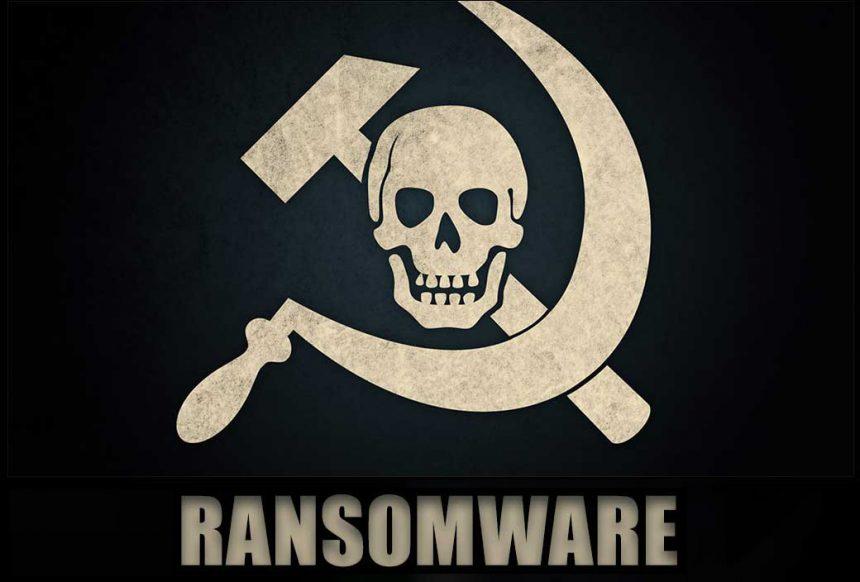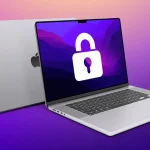Ransomware is a particularly devastating type of malware designed to encrypt users’ files and demand payment for their release. Once installed, ransomware renders critical files and data inaccessible, effectively holding them hostage until the victim complies with the ransom demand. Cybercriminals often prey on unsuspecting users, capitalizing on any vulnerability to spread malicious software. Among the latest threats is Hawk Ransomware, a rapidly spreading ransomware strain that targets a wide range of users with its sophisticated file encryption tactics and hefty ransom demands. Below, we’ll dive into the details of Hawk Ransomware, how it infiltrates systems, the consequences of its actions, and the necessary steps to remove it and prevent future infections.
Understanding Hawk Ransomware
Hawk Ransomware is a newly identified strain of ransomware that operates similarly to others but has unique characteristics and payload tactics. As a type of encryption-based malware, Hawk renders files unusable until a ransom is paid. It primarily spreads through phishing emails, malicious downloads, or compromised software, infiltrating systems via any vulnerabilities or outdated software.
Once installed, Hawk immediately starts encrypting essential user files, including documents, images, and other vital data, appending a specific file extension to mark each encrypted file. Typically, files will change from an original format, such as example.docx, to a ransom-laden format like example.docx.id[XX-B2750012].[sup.logical@gmail.com].hawk. This renaming is an evident sign of an attack, notifying users that the ransomware has gained access to their files.
Remove annoying malware threats like this one in seconds!
Scan Your Computer for Free with SpyHunter
Download SpyHunter now, and scan your computer for this and other cybersecurity threats for free!
Actions and Consequences:
After encryption, Hawk Ransomware leaves a ransom note within each infected folder, often named something like READ_ME.txt, instructing users on how to recover their files. The note warns users not to attempt data recovery independently, threatening further data loss if instructions are ignored. In most cases, the note will also include contact information for the hackers and details on making the ransom payment, usually through cryptocurrency, to maintain the attacker’s anonymity. The consequences of Hawk’s presence are severe, as it not only leads to potential data loss but also threatens personal and financial security, especially if the ransomware spreads through network connections to other devices.
Ransom Note Details
Hawk’s ransom note often includes:
- A demand for cryptocurrency payment in exchange for a decryption key.
- Threats to permanently delete data if attempts to bypass the ransomware are made.
- Instructions on how to obtain cryptocurrency if the victim is unfamiliar.
- Contact information for further negotiations, with a limited timeframe to avoid higher ransom fees.
Text in the ransom note (#Recover-Files.txt):
!!! Your files have been encrypted !!!
To recover them, contact us via emails
Write the ID in the email subject.
ID: –
Email1: sup.logical@gmail.com
Email2: logical_link@tutamail.com
Before paying you can send 2-3 files less than 1MB, we will decrypt them to guarantee.
IF YOU DO NOT TAKE CARE OF THIS ISSUE WITHIN THE NEXT 48 HOURS, YOU WILL FACE DOUBLE PRICE INCREASE.
WE DON’T PLAY AROUND HERE, TAKE THE HOURS SERIOUSLY.
Symptoms of Hawk Ransomware Infection
Once infected by Hawk Ransomware, users may observe several symptoms:
- Files are inaccessible and display the
[hawk]extension. - System performance issues or frequent crashes.
- Unfamiliar files, such as ransom notes, appear in multiple folders.
- Security software is disabled or blocked from updating.
- Increased network activity as the ransomware may attempt to spread.
Detection Names for Hawk Ransomware
If you suspect Hawk Ransomware on your computer, check your antivirus software for the following potential detection names:
- Win32.HawkRansom
- Ransom.Hawk.Generic
- Trojan-Ransom.Win32.Hawk
- Ransom.Hawk.Crypt
- Trojan:Win32/Hawk
Similar Threats
Hawk is part of a broader family of ransomware threats with similar characteristics. Other notable examples include:
- LockBit – Known for targeting enterprises with high ransom demands.
- STOP/Djvu – A prevalent ransomware that primarily attacks individual users.
- Sodinokibi (REvil) – Renowned for high-profile attacks on businesses.
Comprehensive Removal Guide for Hawk Ransomware
To successfully remove Hawk Ransomware and prevent further damage, follow this detailed removal guide carefully.
Remove annoying malware threats like this one in seconds!
Scan Your Computer for Free with SpyHunter
Download SpyHunter now, and scan your computer for this and other cybersecurity threats for free!
Step 1: Boot into Safe Mode
- Restart your computer.
- During the boot process, press F8 (or the appropriate key for your system) to access Advanced Boot Options.
- Select Safe Mode with Networking and press Enter.
Step 2: Remove Suspicious Programs
- Go to Control Panel > Programs and Features.
- Look for unfamiliar or recently installed programs, particularly those with random names or suspicious origins.
- Uninstall any suspicious programs.
Step 3: End Malicious Processes
- Open Task Manager by pressing Ctrl + Shift + Esc.
- Under the Processes tab, search for any processes with unfamiliar names or high resource usage.
- Right-click and select End Task to terminate these processes.
Step 4: Run a Full System Scan
- Download and install an anti-malware tool like SpyHunter.
- Run a comprehensive scan of your system to detect and quarantine ransomware and any associated files.
- Follow SpyHunter’s prompts to remove all detected malware components.
Step 5: Restore Files (if possible)
If a decryption tool is unavailable, consider restoring from a backup if you have one.
Prevention Tips to Protect Against Ransomware
To avoid ransomware threats like Hawk in the future, consider the following preventative measures:
- Keep Software Updated – Regularly update your operating system and applications to patch security vulnerabilities.
- Use Reliable Security Software – Install a robust antivirus program and anti-malware tool like SpyHunter to detect threats before they infiltrate.
- Exercise Caution with Email Attachments – Avoid opening suspicious emails or attachments from unknown sources, as they may carry ransomware.
- Back Up Data Regularly – Ensure regular data backups to recover files if attacked.
Use SpyHunter for the Ultimate Ransomware Protection
For enhanced protection and malware removal, consider downloading SpyHunter. This anti-malware tool can perform deep scans to detect, quarantine, and remove malicious software, including Hawk Ransomware. Download SpyHunter today for a free scan and secure your computer against ransomware and other malware threats.





